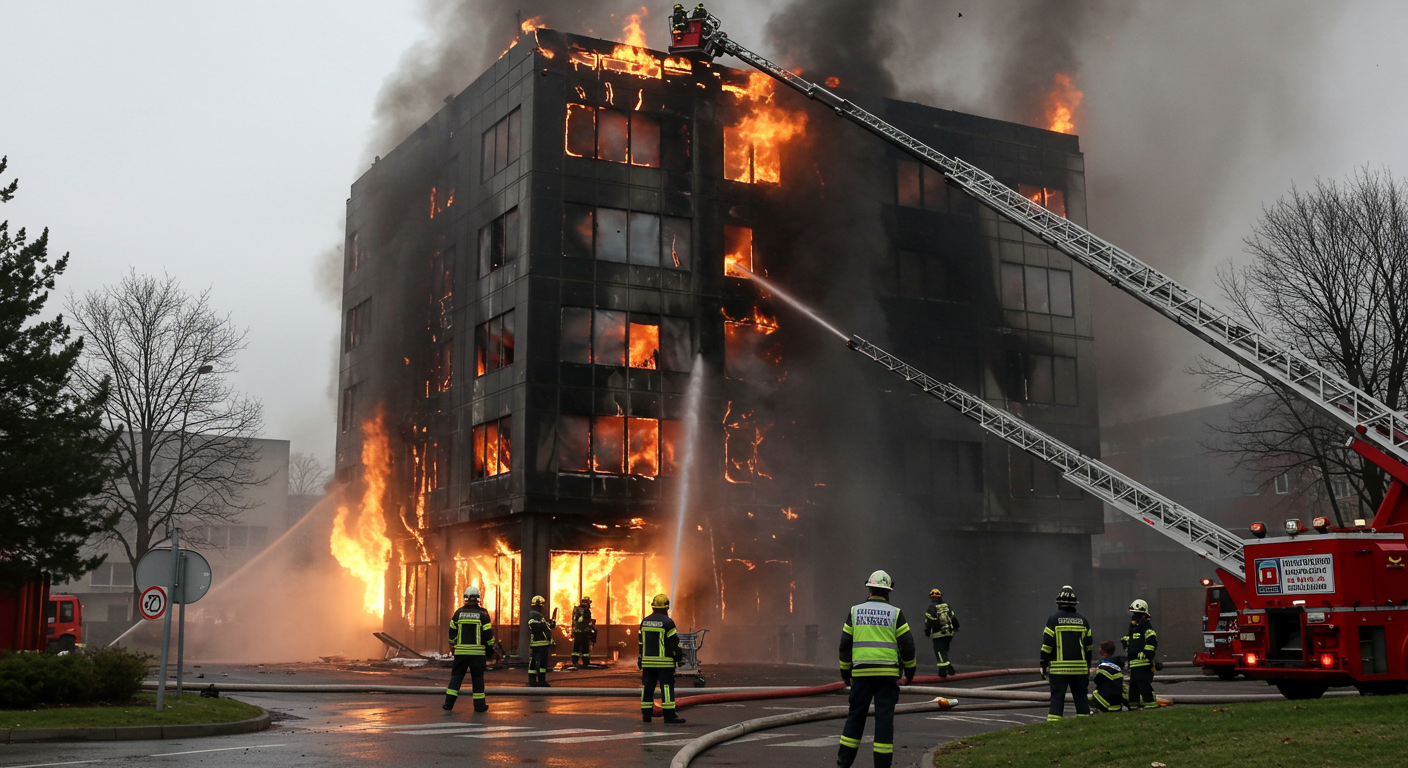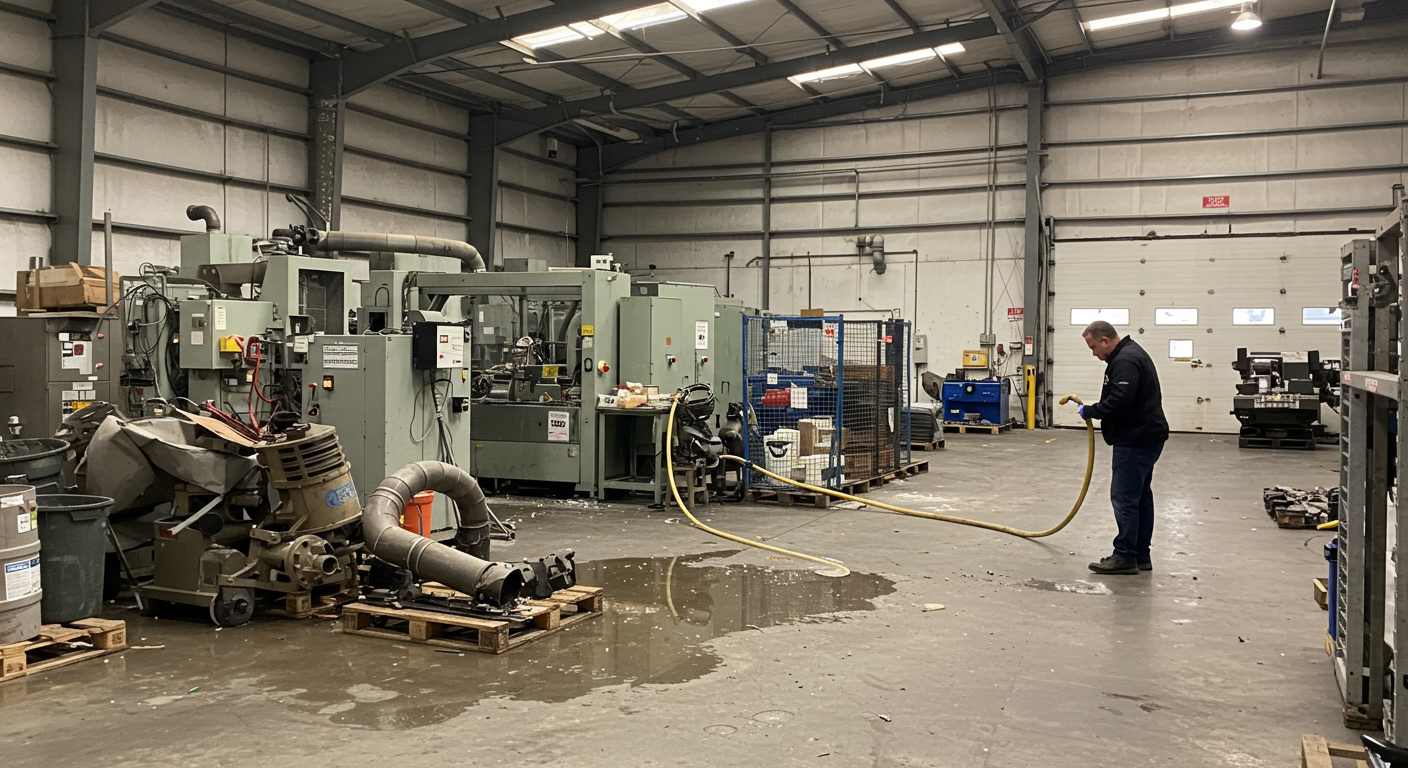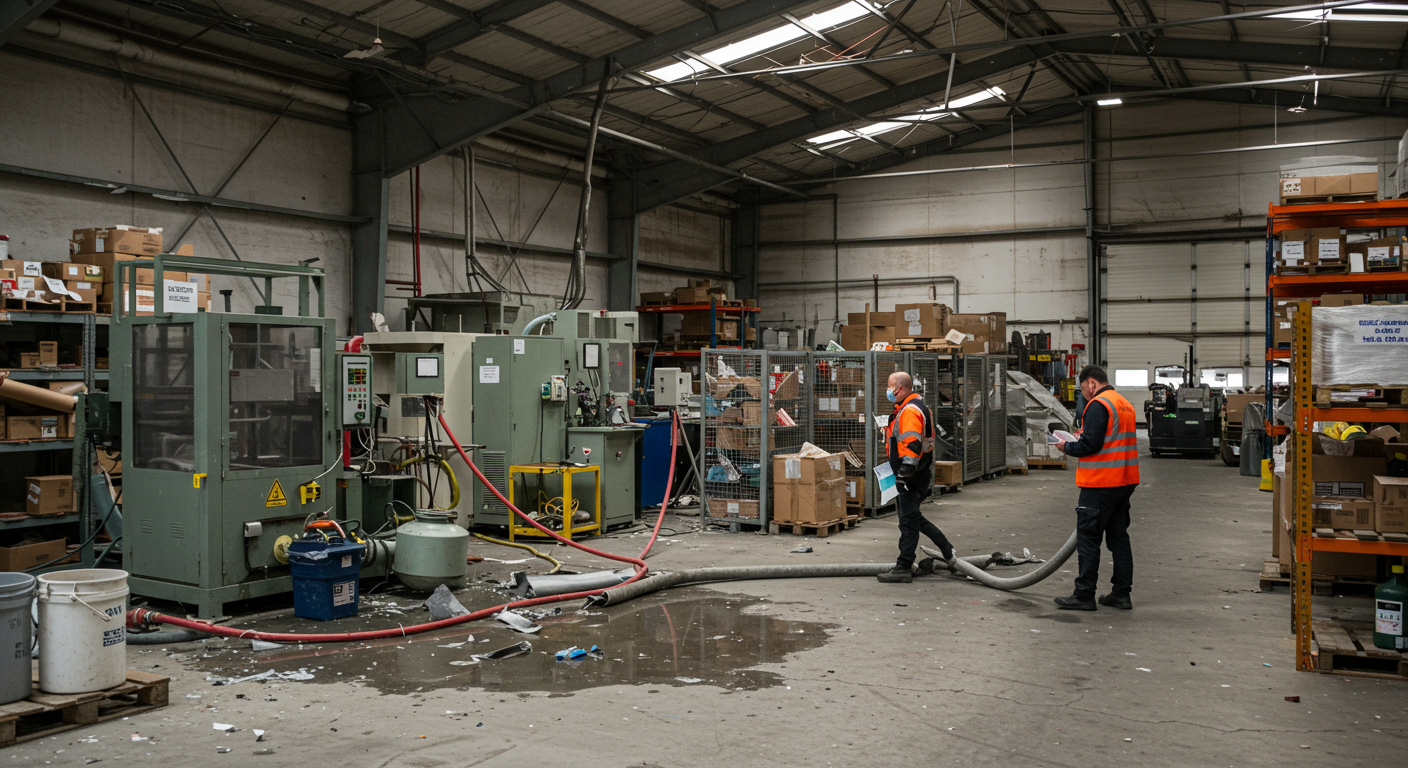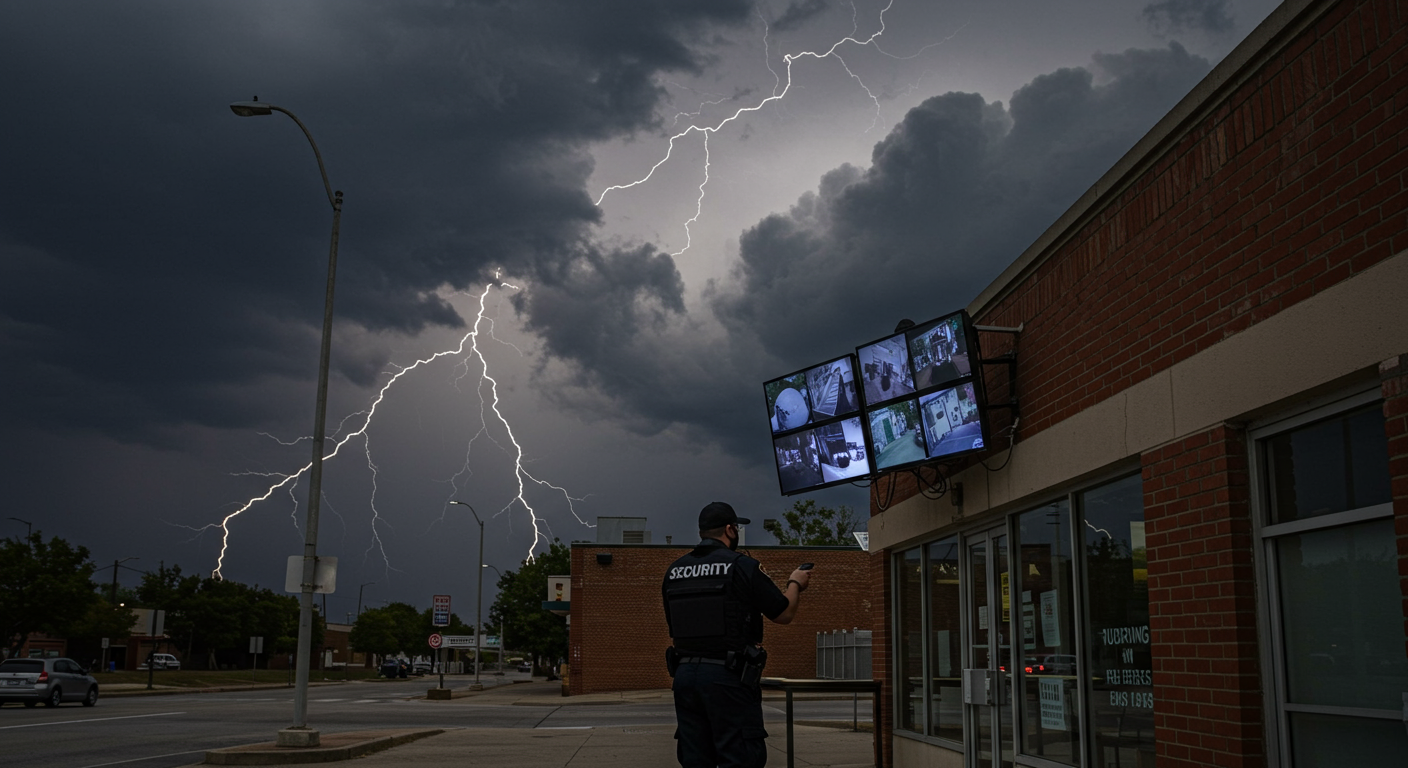- What Is Commercial Property Insurance?
- Types of Coverage Offered
- Determining Your Property’s Replacement Cost
- Common Exclusions and Limitations
- How Premiums Are Calculated
- The Claims Process Explained
- Risk Management Strategies for Property Owners
- Bundling Policies: Pros and Cons
- Frequently Asked Questions
- Tips for Choosing the Right Insurer
- Conclusion
1. What Is Commercial Property Insurance?
Commercial property insurance protects business owners from financial losses related to damage or destruction of buildings, equipment, inventory and other assets. It covers risks such as fire, theft, vandalism, windstorms and certain natural disasters.
Without this coverage, companies face out-of-pocket expenses that could threaten operations or lead to permanent closure. A solid policy ensures physical assets are repaired or replaced, helping businesses stay afloat when unexpected events occur.

2. Types of Coverage Offered
1. Building Coverage
Protects the physical structure, including walls, roofs, plumbing and electrical systems.
2. Business Personal Property (BPP)
Covers furniture, fixtures, machinery, stock, raw materials and other items used in daily operations.
3. Business Income/Interruption
Reimburses lost income and operating expenses if a covered peril forces a temporary shutdown.

3. Determining Your Property’s Replacement Cost
Replacement cost refers to the amount needed to rebuild or repair a structure using similar materials and workmanship, without deducting depreciation.
To calculate it:
• Obtain current construction costs per square foot in your region.
• Factor in specialized materials, local labor rates and code upgrades.
• Include soft costs such as architect fees, permits and debris removal.
• Conduct periodic appraisals or use a professional cost estimator.
Underinsuring can result in coinsurance penalties, forcing you to cover a portion of the loss. Overinsuring leads to higher premiums without added benefit. Accurate valuation is key to balancing protection and cost.
4. Common Exclusions and Limitations
Understanding exclusions prevents unpleasant surprises when filing a claim. Typical exclusions include:
• Flood and Earthquake Damage – usually require separate policies or endorsements.
• Wear and Tear – deterioration, rust, corrosion and mechanical breakdown due to lack of maintenance.
• Intentional Acts – losses resulting from deliberate or criminal actions by the insured.
• Pollution – contamination or environmental damage, unless specified by endorsement.
• War and Nuclear Hazards – acts of war, terrorism or radioactive contamination.
Review policy language carefully, request endorsements for gaps and maintain rigorous record-keeping to support any claims.
5. How Premiums Are Calculated
Insurers assess several factors when pricing commercial property policies:
• Property Value – higher coverage limits generate higher premiums.
• Location – regions prone to natural disasters or high crime rates carry elevated risk.
• Construction Type – fire-resistant materials (brick, concrete) cost less to insure than wood frame.
• Occupancy – businesses with hazardous operations (chemical storage, welding) pay more.
• Protective Features – sprinklers, alarms, security systems and firewalls reduce premiums.
• Claims History – a record of frequent or large claims signals higher risk, increasing rates.
• Deductible Level – choosing a higher deductible lowers premiums, but raises out-of-pocket costs if you file a claim.
• Policy Terms – coverage extensions, sublimits and coinsurance percentages affect pricing.

6. The Claims Process Explained
1. Immediate Response
Secure the site, prevent further damage and notify authorities if necessary.
2. Notify Your Insurer
Report the loss promptly, providing basic details: date, cause and estimated damage.
3. Document the Damage
Take photos, videos and detailed notes of affected property. Compile maintenance records, receipts and inventory logs.
4. Meet the Adjuster
An adjuster inspects the damage, reviews documentation and assesses liability.
5. Submit a Proof of Loss
A formal statement outlining the claim amount, coverage details and supporting evidence.
6. Negotiation and Settlement
The insurer reviews the proof of loss, may dispute items, and then issues an offer. Negotiations can continue until both parties agree.
7. Claim Payment
After signing a release and agreeing on settlement terms, you receive payment for covered losses, minus deductibles.
8. Rebuild and Recover
Use funds to repair, replace or restore your property. Keep receipts and monitor project progress to ensure quality work.
7. Risk Management Strategies for Property Owners
• Regular Maintenance and Inspections
Conduct periodic checks on roofs, plumbing, fire suppression systems and electrical wiring.
• Fire Prevention
Install and test sprinklers, smoke detectors and fire extinguishers. Maintain clear evacuation routes.
• Security Measures
Use cameras, alarms, access controls and security guards to deter theft and vandalism.
• Disaster Preparedness Plan
Develop emergency response procedures, designate evacuation zones and train employees.
• Safety Training
Educate staff on equipment operation, hazard identification and safe practices.
• Business Continuity Planning
Identify critical functions, alternate work arrangements and backup data systems to maintain operations.
• Regular Policy Reviews
Update coverage to reflect property improvements, business growth or changing risk profiles.

8. Bundling Policies: Pros and Cons
Pros
• Discounted Premiums – insurers often offer lower rates when multiple policies are combined.
• Simplified Administration – one renewal date, one invoice, one point of contact.
• Consistent Coverage – ensures policies operate seamlessly without gaps.
• Enhanced Negotiating Power – larger relationships can lead to customized terms and better service.
Cons
• Reduced Flexibility – bundle may include unnecessary coverages you pay for.
• Complex Claims Handling – multiple lines of coverage in a single claim can create confusion.
• Renewal Risk – losing one policy (for claims issues) could jeopardize the entire bundle.
Evaluate whether the cost savings outweigh potential downsides before bundling.
9. Frequently Asked Questions
Q: Do I need flood insurance with my commercial property policy?
A: Standard policies exclude flood. If your building is in a flood zone or you want broader protection, purchase a standalone flood policy.
Q: How much liability coverage should I carry?
A: Liability limits depend on your risk exposure, client contracts and legal requirements. Businesses with frequent customer interaction typically need higher limits.
Q: Can I adjust coverage mid-term?
A: Yes, you can request endorsements or changes during the policy term. Be aware that increased limits may raise premiums.
Q: What if my business under-estimates replacement cost?
A: Underinsurance can trigger coinsurance penalties, penalizing you for not maintaining specified coverage percentages.
Q: How long does it take to settle a commercial property claim?
A: Settlement timelines vary by complexity, but minor claims can close in weeks, while large losses take months to negotiate and rebuild.
10. Tips for Choosing the Right Insurer
1. Financial Strength
Review ratings from agencies like A.M. Best, Moody’s or Standard & Poor’s to ensure the company can pay claims.
2. Industry Experience
Select an insurer familiar with your sector’s unique risks and coverage needs.
3. Claims Service Reputation
Check online reviews and ask peers about response times, adjuster professionalism and claim satisfaction.
4. Coverage Options
Compare policy forms, limits, exclusions and endorsements to find the best fit for your risk profile.
5. Premium Affordability
Solicit quotes from multiple carriers, but weigh cost against coverage quality and service levels.
6. Risk Control Support
Some insurers offer loss control consultations, training materials and safety audits—value-added services that reduce risk and premiums.
7. Local vs. National Carriers
Local insurers may provide personalized service and local expertise; national carriers often offer broader capacity and specialized products.
8. Broker vs. Direct Purchase
An independent broker can shop multiple insurers and advocate on your behalf; direct purchase may be faster but limits options.
Conclusion
Understanding commercial property insurance is the first step toward protecting the physical foundation of your business.
By choosing the right coverage, maintaining accurate valuations and implementing proactive risk management, you can minimize disruptions and secure long-term success.
Preventive measures, clear communication with your insurer and regular policy reviews will help you navigate unexpected challenges with confidence.

